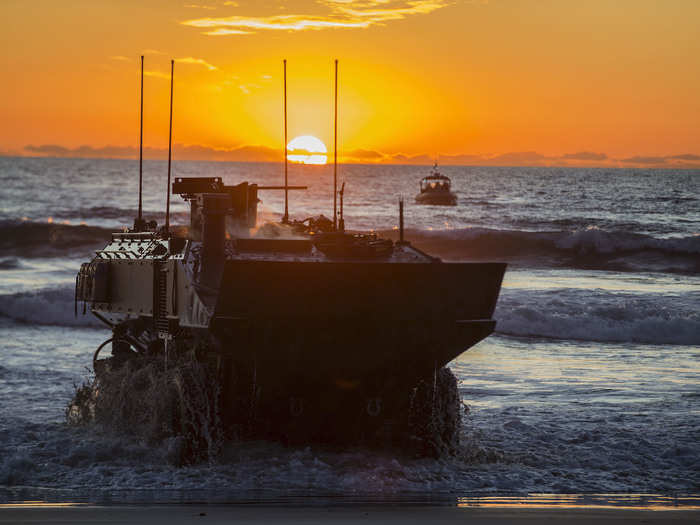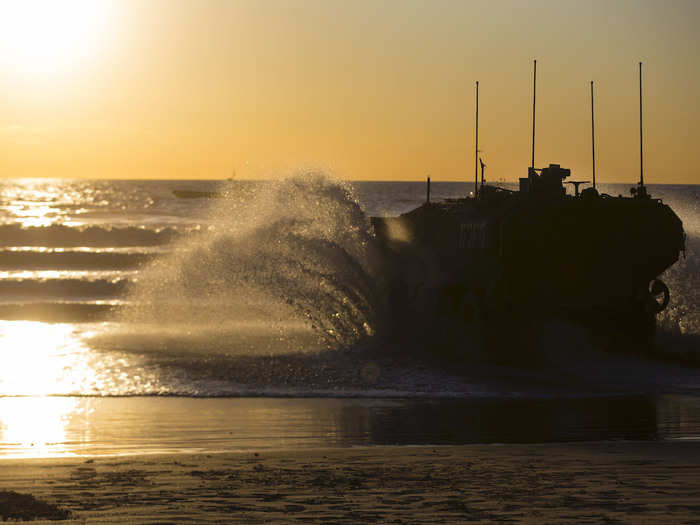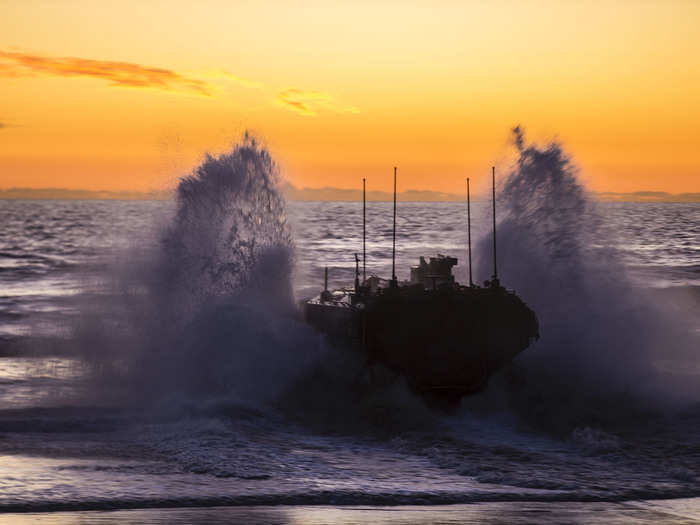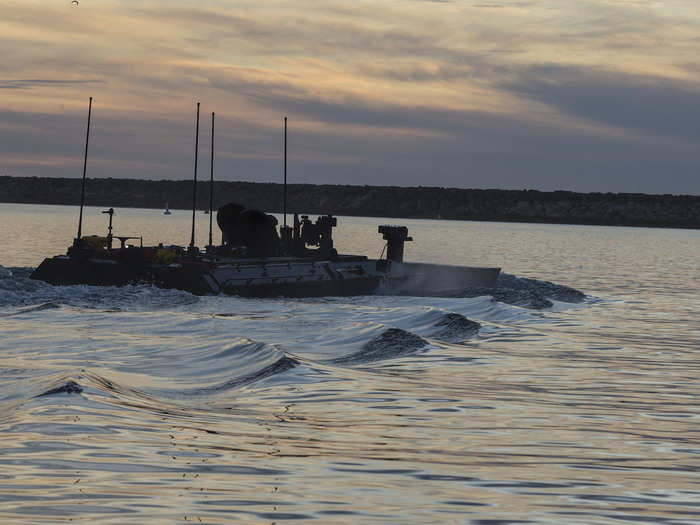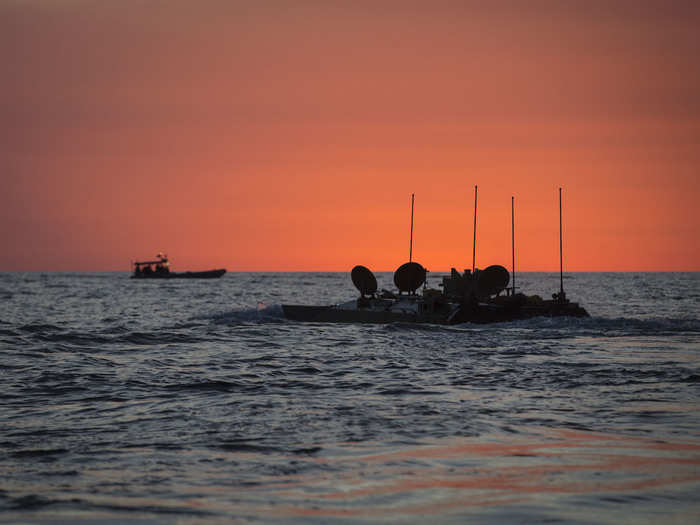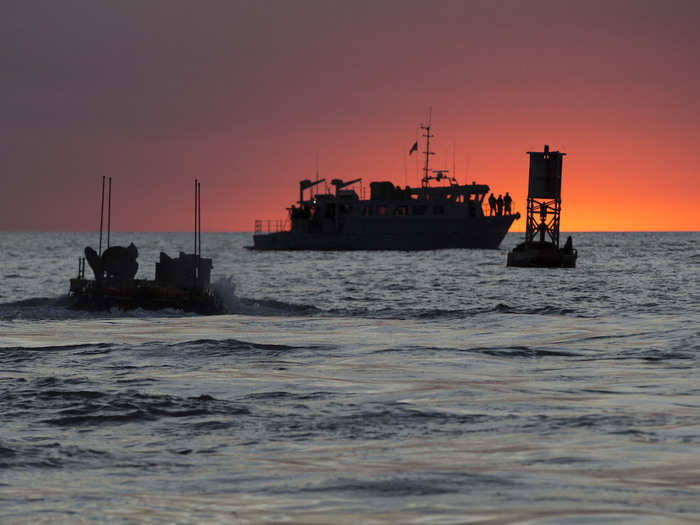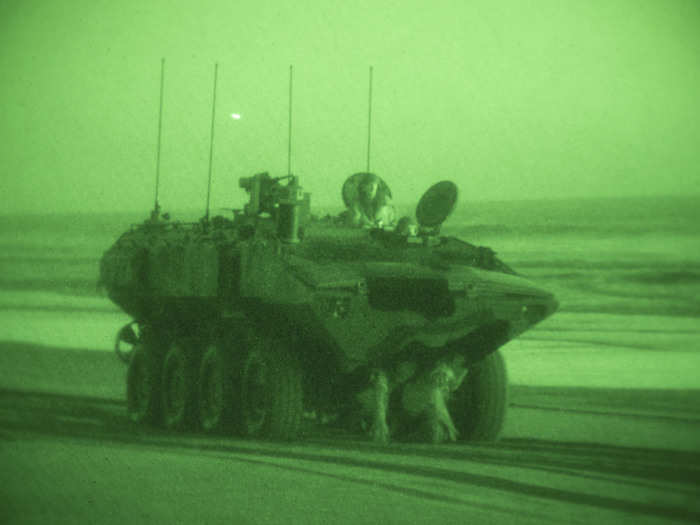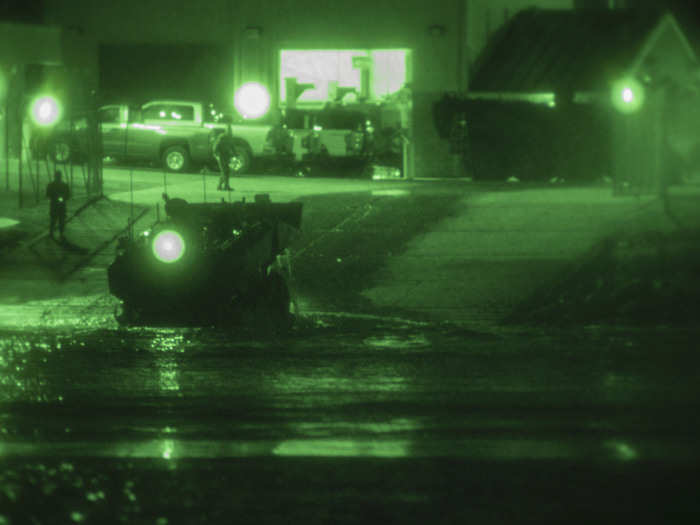Marines in California took the Corps' new Amphibious Combat Vehicle out for a nighttime test in the ocean
The ACV will be replacing the Amphibious Assault Vehicle starting in late 2020. The AAV has been in service since 1972, serving in countries around the world.
Popular Right Now
Popular Keywords
Advertisement

